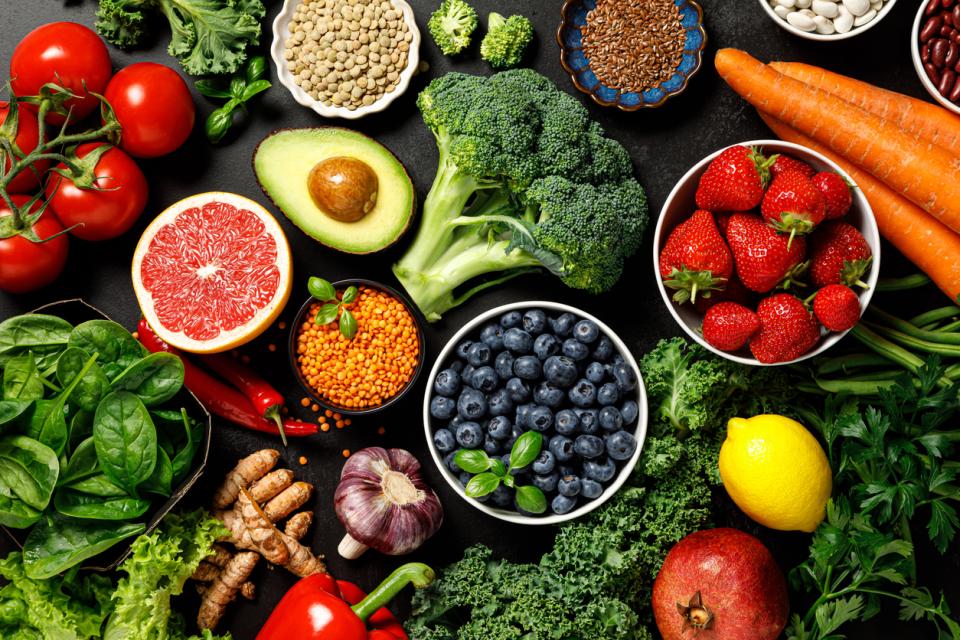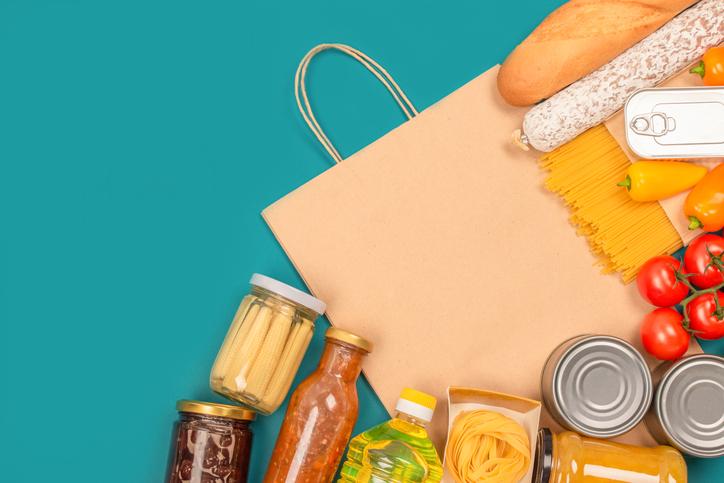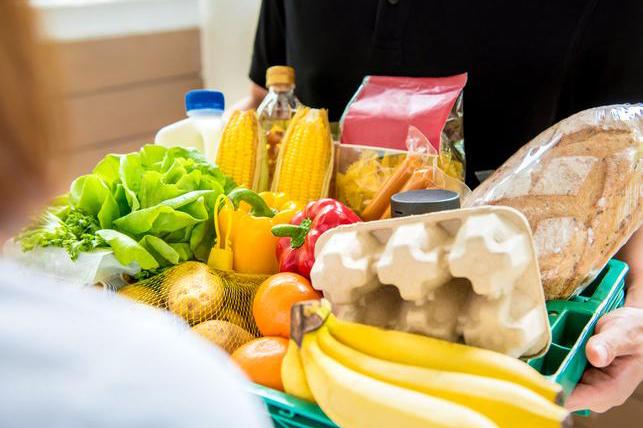We’re surrounded by food options in London. But we noticed something missing: sustainable, nutritious meals that support both physical and mental well-being. Most eateries in central London offer convenience, but not necessarily quality or care. We wanted to change this and hence our mission statement was born: “To FEED the minds and bodies of those who aspire to change the world” (Fuel Educate Empower Deliver).
This wasn’t just about swapping ingredients, it was about creating a food culture that reflects the values of King’s College London by rethinking everything, from sourcing, cooking, messaging and ensuring we brought our team along with us. Our goal was to deliver:
Inclusive food: considerate of lifestyle, dietary and religious needs
Mood food: healthy food that makes you feel physically and mentally strong and builds emotional connection.
Sustainable food: less but higher-quality meat and an overall reduction of our carbon footprint.
What our focus on sustainable food achieved
Our campaigns like Love Our Leftovers and Taste Don’t Waste helped reduce food waste and lower emissions. Since 2022, we’ve served plant-based meals to more than 2,000 graduation guests and 1,000 students per year at annual BBQs, saving 20 tonnes of CO₂ yearly.
We’ve replaced dairy with plant-based milk for cooking processes, made 70 per cent of lunch menus plant-based, as well as 46,736 cakes and pastries per year, cutting 10.7 tonnes of CO₂, and 74 per cent of sandwich platters are now meat-free, saving 7.2 tonnes of CO₂. Turning to health, fibre is up 30 per cent and salt down 13 per cent, so we are benefiting our diners as well as the planet.
- Spotlight guide: higher education’s bumpy road to net zero
- How can we improve the sustainability of labs?
- Three ways to create lasting change towards sustainability in your university
How we got started
While exploring partnerships aligned with our goals, we discovered Menus of Change by the Culinary Institute of America, 24 practical principles for sustainable food, delivered in a simple infographic. No fees, no audits, just actionable advice. We used this tool to spark conversations with chefs and catering teams, and from it, developed short-, medium- and long-term targets in the form of a sustainable food strategy.
Short-term – months one to 18 – we focused on improving the quality of ingredients, using nuts, legumes, whole foods, 70 per cent plant-based proteins, 10 per cent sustainable fish, and 20 per cent higher-welfare meat. Menus featured scratch cooking, culturally diverse dishes and clear sourcing.
In the medium term – months 19 to 36 – we aimed for 50 per cent seasonal, local produce, upcycled surplus ingredients, and reduced waste. Dishes prioritised fibre, healthy fats and natural flavourings. We introduced homemade snacks and educated our chefs on nutrition.
And for the long term – months 37 to 48 – we set nutritional standards for snacks and moved to healthier vending options. We began collaborating with academics to explore how food affects mood and brain function.
Key challenges and how we tackled them
With a strong belief in our mission and the support of our 150-strong catering team, we approached challenges with optimism and practical solutions.
1. Winning our chefs over
Our first challenge was convincing our talented chef team to embrace more plant-based, sustainable dishes despite the popularity of our existing offer. We clarified that our mission was about health and sustainability for all, not just catering to a small vegan audience. We held development days with plant-based briefs to inspire creativity and introduced clear menu design parameters (see downloadable documents above) to guide the transition.
2. Finding the right ingredients
We lacked a supply chain for unique ingredients we needed – many were unfamiliar to us and our suppliers just three years ago, like 3D-printed plant-based steak, oat milks and teff. Through research, trade shows and social media, we discovered new products and partnered with SMEs like Redefine Meat and Eat Planted. Our suppliers now regularly bring us innovative, sustainable options.
3. Learning how to cook differently
Cooking with unfamiliar ingredients meant experimenting. We tested, refined and learned through trial and error, puffing quinoa, crafting date-sweetened sauces and more. Feedback from front-of-house teams guided improvements.
4. Getting stakeholder buy-in
Not everyone shared our vision, so we used clear messaging focused on environmental benefits and modern trends. Partnering with King’s Nutritional Sciences provided evidence-based backing. We built buy-in through inclusive events, chef development days, plant-based graduations, and senior leader dinners, creating a strong network of advocates and driving institutional and industry support.
What comes next for sustainable dining?
We have joined the Menus of Change University Research Collaborative, connecting with more than 70 institutions to advance sustainable campus dining. This was made possible through collaboration between King’s Food and the department of nutritional sciences. We’ve launched a “Living Laboratory” and are running the Root to Tip project, which promotes higher fibre intake and reduces food waste by using more of each plant like peels, stalks and skins in recipes.
Future projects include exploring insect protein, studying nutrition’s impact on mental health, and reducing emissions through innovative cooking methods. If you are considering improving food sustainability at your university, consider these three questions.
1. Is it the correct sustainable choice?
2. Does it taste delicious?
3. Don’t ask why: ask why not?
Graeme Collie is associate director of catering and events at King’s College London.
King’s College London is shortlisted for Outstanding Contribution to Environmental Leadership in the 2025 Times Higher Education Awards. A full list of shortlisted candidates can be found here.
If you would like advice and insight from academics and university staff delivered direct to your inbox each week, sign up for the Campus newsletter.




comment